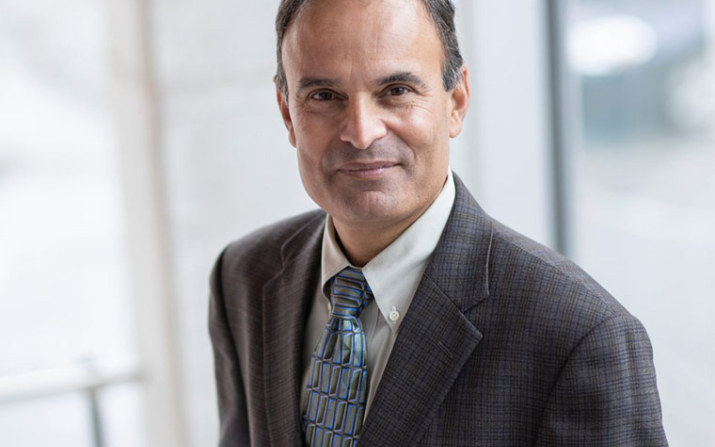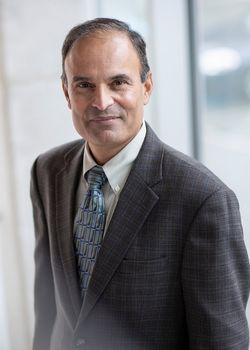Engineering Dean Ragu Balakrishnan named to national task force seeking to strengthen academic partnerships between universities in the U.S. and India

Case Western Reserve University’s Venkataramanan “Ragu” Balakrishnan has been named to a national task force that aims to strengthen partnerships between higher education institutions in the U.S. and India.
Launched by the Association of American Universities (AAU), the task force is part of a broader initiative that President Joe Biden and Prime Minister Narendra Modi of India announced last spring. Its goal: to increase technological and industrial cooperation between the two countries.
“Whether collaboration happens within a campus or around the globe, it always holds the potential to yield better outcomes than any of us could achieve alone,” said Balakrishnan, the Charles H. Phipps Dean at the Case School of Engineering. “I am honored to be invited to contribute to these efforts.”
A native of India, Balakrishnan earned his undergraduate degree from the Indian Institute of Technology Madras, then came to Stanford University for his PhD. After more than two decades at Purdue University, he joined CWRU’s engineering school as dean in 2018.
Among the partnerships with India that Balakrishnan has helped forge is a joint master’s program that allows students from India to start classes in their home country and then complete their degrees at CWRU. The program allows students to choose one of several specializations once arriving on campus.
The AAU task force includes leaders from 20 of the nation’s leading research universities; the group will meet monthly to consider opportunities for additional research and education collaborations and also look at successful existing efforts to help inform new efforts.
“This task force provides a unique opportunity for our country’s leading research universities to identify ways to be more intentional and innovative in how we engage with India’s academic institutions to advance discovery, deepen understanding and develop ways to address the most complex and challenging issues facing our world today—and identify those that may loom in the future.”

